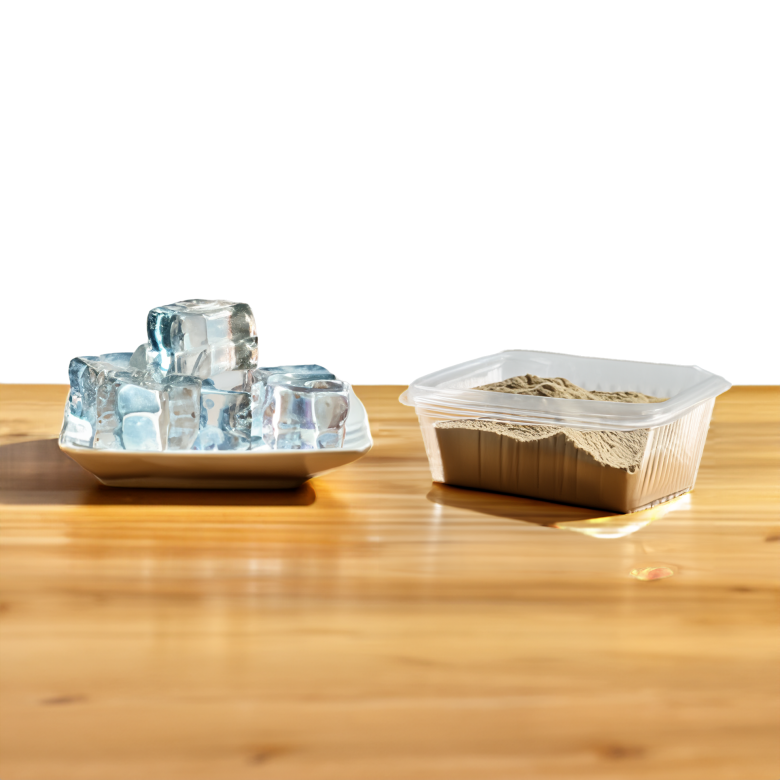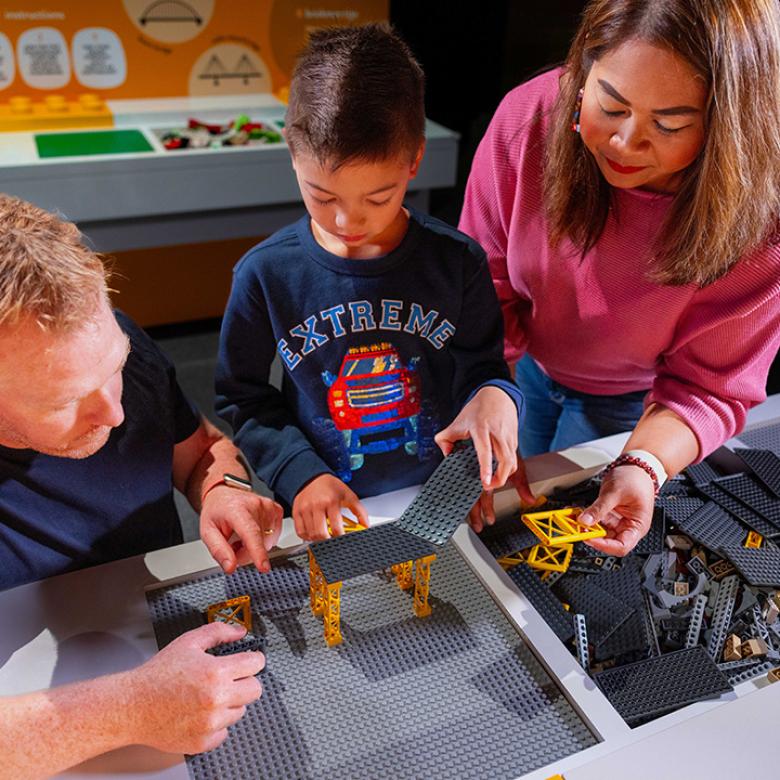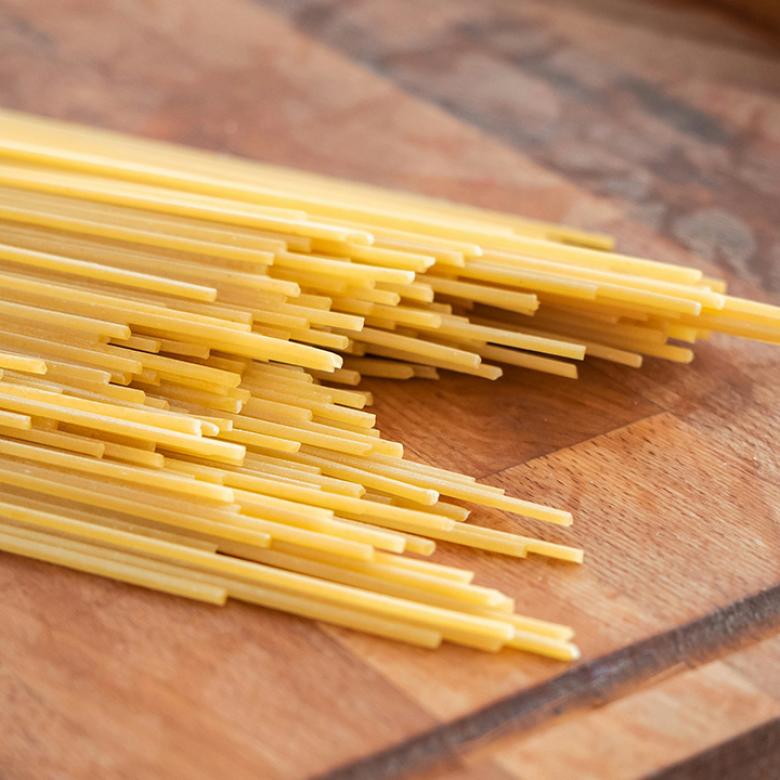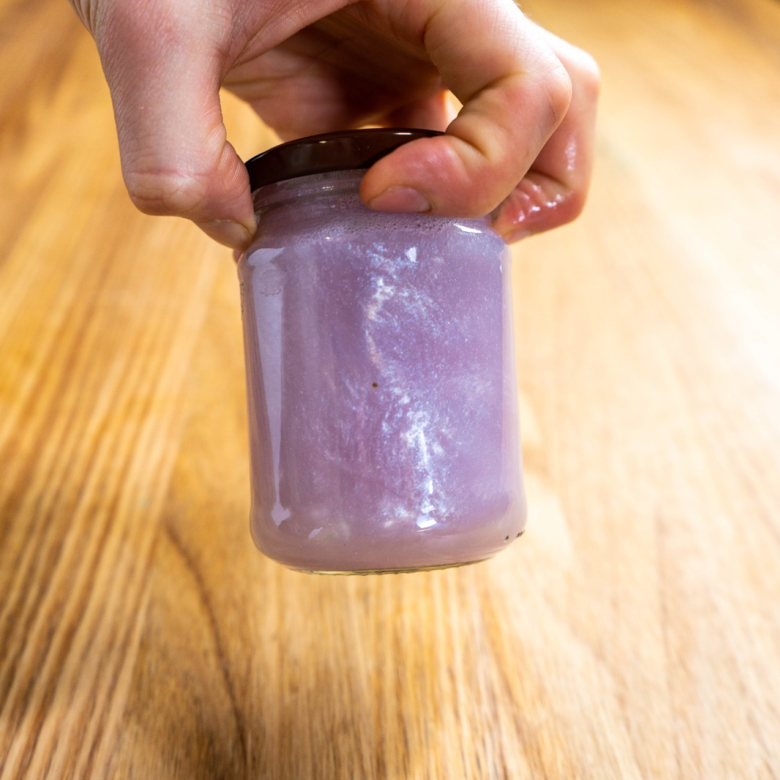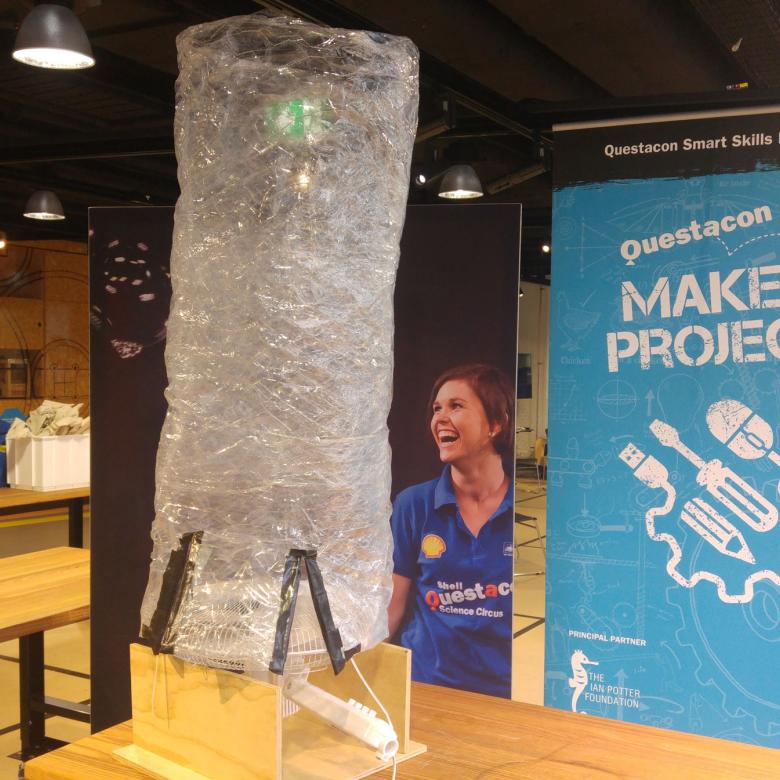You’ll need
- 3 rectangular takeaway containers
- Sand
- An ice cube
- A drinking straw
- Water
What to do
- Gather your materials on a flat surface.
- Half-fill each of the 3 containers with sand.
- In each container, form the sand into a slope from one end of the container to the other. Tilt and gently shake each container from side to side. Try to get all 3 slopes as similar as possible.
- In one container, place the ice cube at the top of the sand slope and let it melt.
- In another container, pour some water gently on top of the sand slope.
- In the last container, use the straw to blow gently over the sand slope.
- Observe the different patterns in the sand from steps 4 to 6.
Questions to ask
Out of the ice, water and air, which one affected the sand the fastest?
Which made the biggest change to the sand?
Try using a different type of sand or soil. Does this respond differently to the ice, water and air?
What happens if you try this on soil that has plants or other material on and in it?
What happens if you use a spray bottle to spray water mist over the slope continuously?
What's happening
Each time water or air flows over your sand slopes, a little bit of sand gets moved. If this happens for long enough, the shape of the whole slope can change.
When sand and soil are washed or blown away, this is called erosion. There are many things that erode soil. When water rushes over soil, it takes soil particles with it. Wind blows away particles of sand and soil, especially in areas with little vegetation, such as deserts and beaches. Large areas of ice, called glaciers, are so heavy that, when they move down mountain sides, they slowly scrape away the rock underneath, forming valleys. Glaciers typically move at about 25 cm every day.
Did you know
There are glaciers in every continent except Australia. They contain about 70% of the world’s fresh water. If all the world’s glaciers melted, the sea level would rise by around 70 m!
Old glaciers appear blue because the ice is dense and has no air bubbles. Pure ice absorbs red and yellow light more than it does blue light. This means the light it reflects is mostly blue. Glaciers and icebergs may be white when they have a covering of snow or less-dense ice that has a lot of trapped air.

